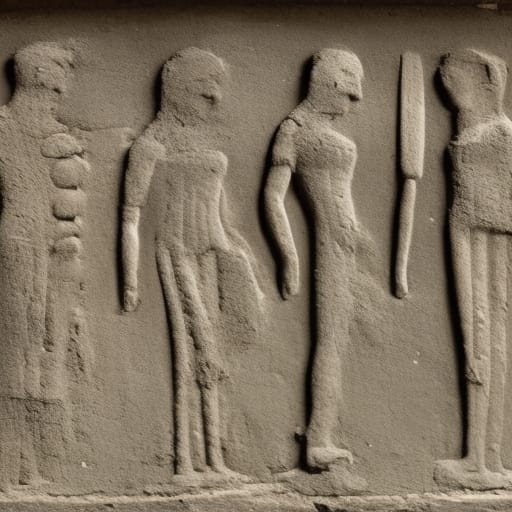In a biological preserve in Mexico’s Campeche State, a team of archaeologists has documented pyramids, palaces, a ball court and other remains of an ancient city they call Ocomtún.
Armed with machetes and chain-saws, hacking through fallen trees and wading through dense scrub, the archaeologists cleared a path down rocky trails.
At last, they reached their destination in Mexico’s Yucatán Peninsula: a hidden city where pyramids and palaces rose above crowds over 1,000 years ago, with a ball court and terraces now buried and overgrown.
Mexico’s National Institute of Anthropology and History hailed their work late last month, saying they had discovered an ancient Maya city in “a vast area practically unknown to archaeology.”
“These stories about ‘lost cities in the jungle’ — very often these things are quite minor or being spun by journalists,” said Simon Martin, a political anthropologist who was not involved in the work. “But this is much closer to the real deal.”


@automodbeta@lemmy.world
@automodbeta@lemmy.world help
@automodbeta@lemmy.world
ban
unban
help